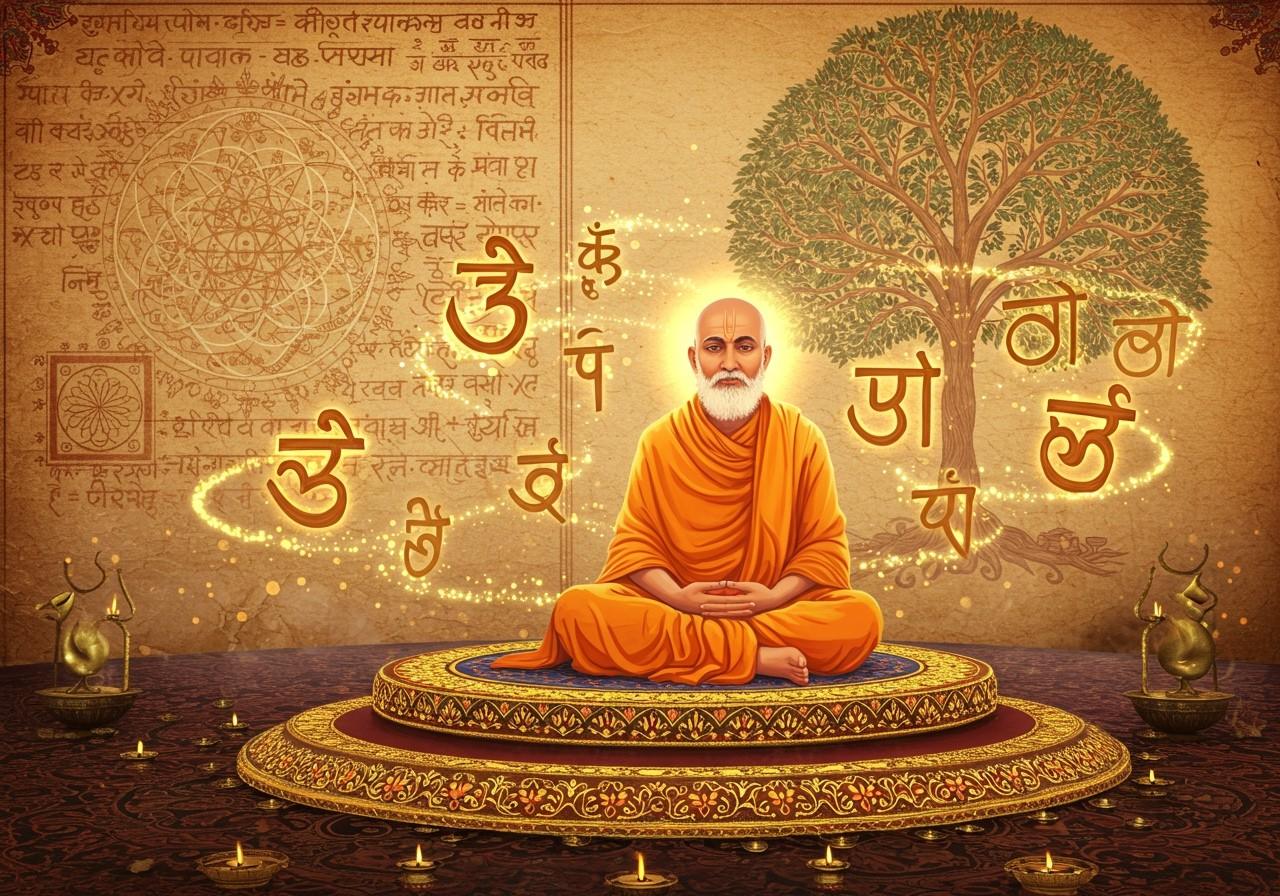
The Indian numerals, a cornerstone of global mathematics, possess a rich history spanning millennia. This exploration delves into the origins, evolution, and significance of Indian numerals, illuminating their influence on the modern numerical system. We’ll unravel the connections and distinctions between Indian and Arabic numerals, dispel common misconceptions, and highlight the pivotal role of Indian numerals in world history.
What are Indian Numerals?
Indian numerals, often called Hindu-Arabic numerals, are the digits 0-9 that underpin the decimal system used globally. Originating in ancient India, they spread to the Islamic world, Europe, and beyond.
- Early Use: Evidence suggests Indian numerals were initially employed in inscriptions and manuscripts across the Indian subcontinent, serving as a crucial tool for record-keeping and communication.
- Importance of Zero: Around 500 BC, Indian mathematicians introduced the concept of zero—a revolutionary innovation that transformed mathematics, enabling the representation of nothingness and facilitating complex calculations. This was a pivotal moment in the history of mathematics.
- Mathematical Texts: From their inception, Indian numerals appeared in diverse mathematical texts and astronomical treatises, demonstrating their integral role in scientific advancements. These texts served as repositories of knowledge, preserving and transmitting the numeral system across generations.
- Brahmi Numerals: Considered the earliest form of Indian numerals, Brahmi numerals date back to the 3rd century BCE, providing a glimpse into the evolution of the number system. These numerals gradually evolved into subsequent forms.
- Transformation: Over time, Brahmi numerals evolved into Nagari numerals and other regional variations, reflecting the diverse cultural landscape of India. This evolution highlights the adaptability and resilience of the numeral system.
Indian numerals proved indispensable for trade, administration, and scientific calculations, driving progress in various spheres of life.
Are Arabic Numerals Indian?
A prevalent misconception attributes the origin of Arabic numerals to the Arab world. However, these numerals were developed in India and later disseminated through scholars and traders to the Islamic world.
- Scholars’ Role: Esteemed Persian and Arab mathematicians, including Al-Khwarizmi and Al-Kindi (around the 12th century), studied and propagated Indian numerals, recognizing their efficiency and elegance. Their contributions were instrumental in spreading the system westward.
- Hindu Numerals: Within the Islamic world, these digits were acknowledged as Hindu numerals, reflecting their true origin. This recognition underscores the historical accuracy of their Indian roots.
- Journey to Europe: Indian numerals reached medieval Europe through translations of mathematical texts, opening up new avenues for mathematical inquiry and advancement. This marked a turning point in European mathematics.
- Term ‘Arabic Numerals’: The term “Arabic numerals” gained traction in Europe due to their introduction by Arab scholars, leading to a common misattribution of their origin. This historical quirk persists to this day.
- Impact on European Mathematics: The adoption of Indian numerals simplified arithmetic and algebra, paving the way for significant progress in various mathematical disciplines. This simplification facilitated wider access to mathematical concepts.
Indian Numerals vs Arabic Numerals
While sharing core similarities, Indian and Arabic numerals have diverged in their visual representation.
- Decimal Place-Value System: Both systems employ the fundamental concept of a decimal place-value system, where the value of a digit depends on its position. This shared foundation underpins their functionality.
- Symbol Variations: Different regions developed unique symbol variations, including Devanagari, Tamil, and Bengali scripts, reflecting the diversity of Indian culture. These variations highlight the adaptability of the numeral system to different linguistic contexts.
- Influence in Southeast Asia: Indian numerals influenced numeral systems in Southeast Asia, including Khmer and Thai numerals, demonstrating their far-reaching impact. This cultural exchange enriched the numerical landscape of the region.
- Positional Notation System: The innovative positional notation system devised by Indian mathematicians streamlined calculations, making complex operations more manageable. This innovation was crucial for advancements in mathematics and other fields.
The adoption of Indian numerals in the Islamic and Western worlds revolutionized mathematical calculations and record-keeping, laying the foundation for modern mathematics.
How Poojn.in Honors Ancient Indian Numerical Traditions
At Poojn.in, we recognize the profound link between Indian numerology and spiritual practices. Our platform offers authentic items aligned with traditional Indian numerical systems used in rituals and ceremonies.
We offer:
- Numerology-based muhurat items for auspicious occasions, carefully selected to enhance the spiritual significance of these events.
- Traditional counting aids like mala beads in sets of 108, connecting you to ancient practices and facilitating meditative focus.
- Yantra products incorporating sacred numerical patterns, designed to harmonize energies and promote spiritual well-being.
- Puja items arranged in specific numerical sets according to Vedic traditions, ensuring authenticity and adherence to ancient practices.
- Digital copies of ancient numerical texts and scriptures, providing access to valuable knowledge and preserving these traditions for future generations.
Explore our specialized collection for those seeking a deeper connection between Indian numerals and spirituality:
- Shree Yantra with precise numerical alignments, representing cosmic harmony and facilitating deep meditation.
- Traditional counting tools for ritual purposes, enhancing the authenticity and spiritual significance of your practices.
- Sets of ritual items in sacred numbers (5, 7, 9, 108), aligning with ancient traditions and enhancing the power of your rituals.
- Numerology consultation materials, providing guidance and insights into the mystical world of numbers.
Visit Poojn.in to discover our collection of authentic items that help preserve these ancient numerical traditions in modern times. Each product comes with detailed descriptions explaining its numerical significance in Sanskrit traditions.
Note: Product availability may vary. Please check our website for current stock.
Conclusion
Indian numerals have left an indelible mark on the world of mathematics. Originating in ancient India, these numerals, with the introduction of zero and the decimal place-value system, revolutionized mathematical calculations. Their global dissemination through trade and scholarship, leading to their recognition as “Arabic numerals” in Europe, underscores their profound impact.
Understanding the historical journey of Indian numerals enriches our appreciation for their significance in everyday life. From simple arithmetic to complex computations, these numerals stand as a testament to India’s enduring contribution to mathematics. Embracing this knowledge deepens our connection to a rich cultural heritage that continues to shape modern civilization.


